She was a (c.1851–1918) formidable Queen and Empress of Ethiopia. An astute diplomat determined to resist imperialist designs on her country, she increasingly opposed any negotiations that would result in the loss of Ethiopian territory. When diplomacy gave way to war, she rode out at the head of her own army, at her husband’s side.
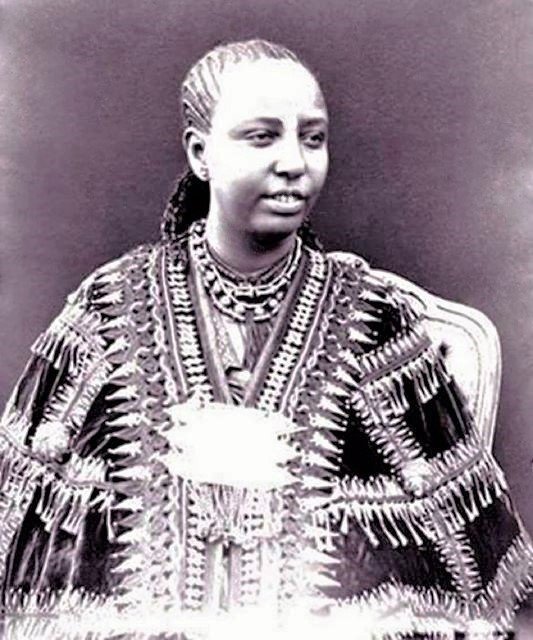
-Portrait of Empress Taytu Betul shot in the 1880’s.
It was she who devised the plan which led to the Ethiopian victory at Makalle, and her presence was crucial in the Ethiopian victory at Adwa in 1896, the most significant victory of any African army during the climax of European colonialism.

en.unesco.org/womeninafrica/taytu-betul/comic
Taytu had displayed her leadership craft as early as 1886. During one of her husband’s military campaigns in Harar, many soldiers had deserted the army and returned home expecting refuge. Feigning joy, Taytu had secretly prepared for them a deceptive welcome to punish their cowardice. The unsuspecting deserters rushed straight into the trap and were immediately chained, or put in stocks. A fearful precedent had been set.
In December 1889, Taytu’s brother, Ras Wele, accompanied the newly crowned emperor, Menelik II, to Tigray to assert the new emperor’s authority. In his absence, a rival named Zegeye sought to usurp his governorship in Weldya, the capital of Yejju. Informed of the danger, and aware that this would weaken her own budding authority, Empress Taytu skilfully drew on her family’s eminent history in the area to persuade the local people to reject Zegeye, and swiftly had his key allies arrested.
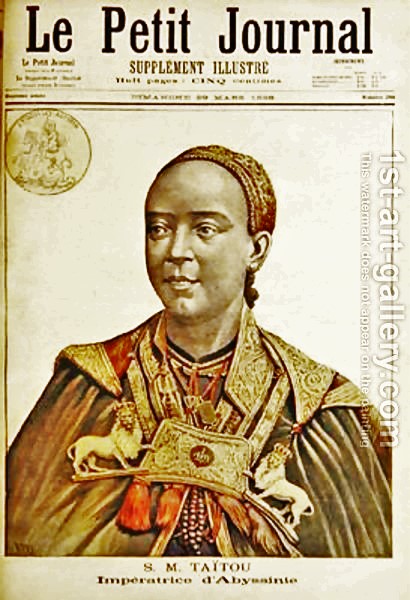
-Portrait of the Empress Taytu Betul 1851-1918 Empress of Ethiopia from Le Petit Journal 29th March 1896.
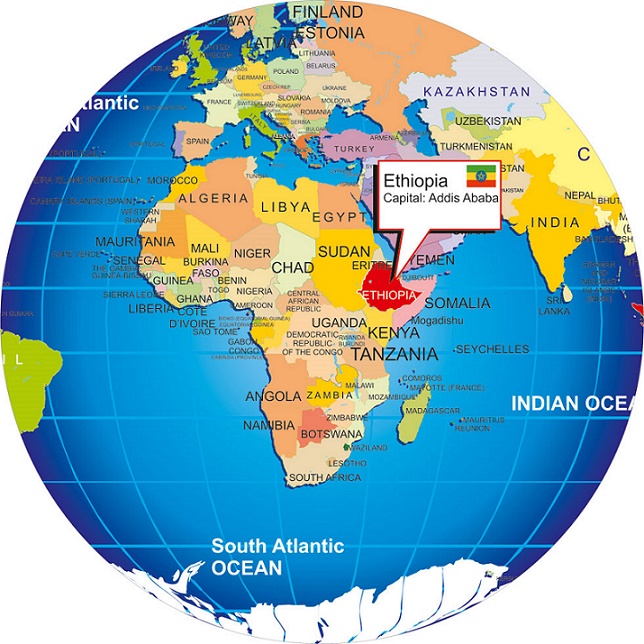
She founded Addis Ababa, which remains Ethiopia’s capital city today, and the final decades of her reign witnessed a period of modernization, which gradually opened Ethiopia up to trade and greater technical expertise.
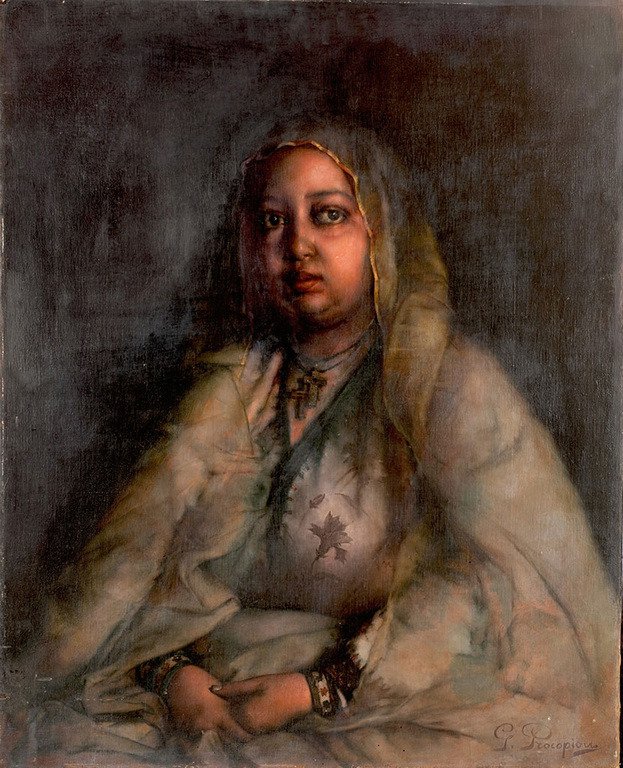
-Portrait of the Empress by Georgios Prokopiou (1905)
She also provided the Ethiopian Orthodox Christian community in Jerusalem with dignified housing, and financed the construction of the dome of the impressive church Debre Genet. As her husband fell ill, she began to concentrate more and more power in her own hands. This eventually provoked public agitation against her, and forced her into retirement.

Taytu Betul (c.1851–1918), wife of Menelik (King of Shoa and later Negus Negast or King of Kings), was a formidable queen and empress of Ethiopia.
Menelik II Mausoleum
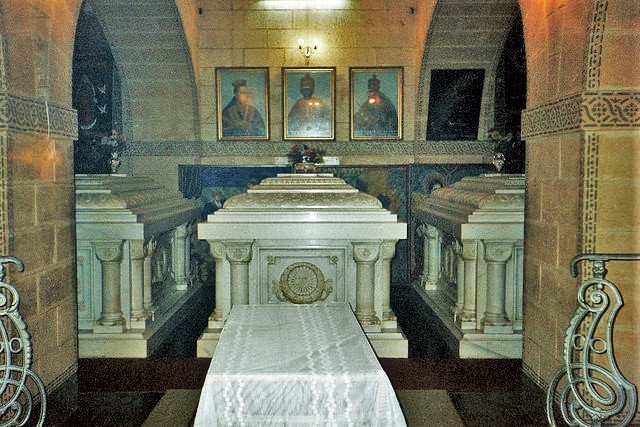
She used her exceptional intelligence to strengthen and extend her power through an adroit blend of patronage, political marriages and leadership craft.
Sources:
en.unesco.org/womeninafrica/taytu-betul/biography
tadias.com/02/28/2013/the-1896-battle-of-adwa-empress-taitu-bitul-the-visionary-co-leader
fr.wikipedia.org/wiki/Taytu_Betul
www.wikiwand.com/en/Taytu_Betul


No Comments Yet